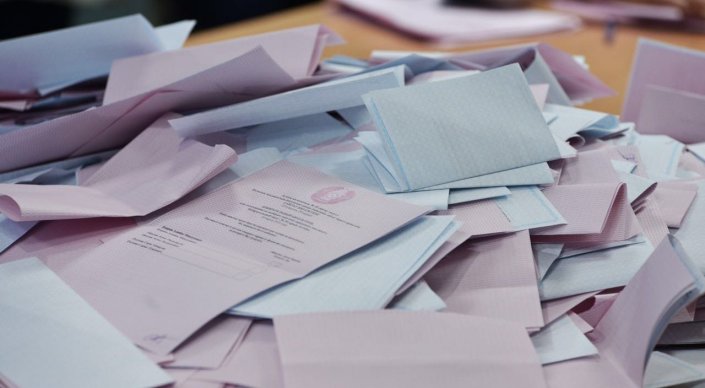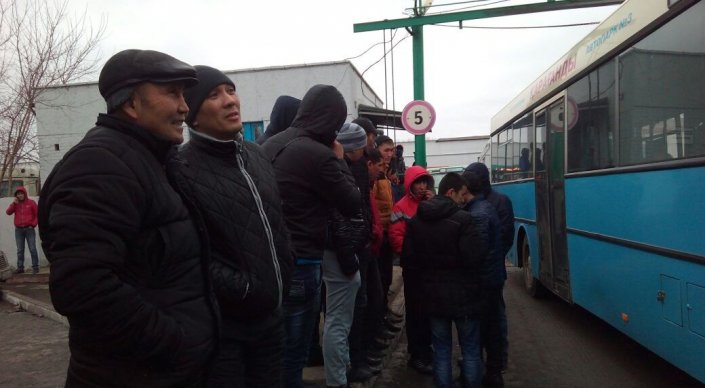Brief
All three of these projects are examples of personally driven work but they become
universal when we can relate to the feelings they present by visiting our own
personal histories.
• Which of these projects resonates most with you, and why?
• How do you feel about the loss of authorial control that comes when the viewer
projects their own experiences and emotions onto the images you’ve created?
Among the viewed projects the keenest response in me was aroused by the “Ring Road” of Dewald Botha. It seems that I liked most the visually strange combination of utilatarian constructions, well-attended plants and haze in the air. Dewald writes that “Ring Road developed into a metaphor for distance placed and personal limits reached within the confines of language and local culture”. He further writes that “Ring Road questions and explores exactly that which allows us our freedom, or what we believe the definition of freedom is, but which
we turn into our own invisible limitations and boundaries“.
For me the images of the ring road represent some sort of vision of the future. The world where environment is strictly controled in order to survive – water bodies and plants are shackled with concrete. Thus in my own personal interpretation the limitations pictured in the series rather represent the limitations independant of us that the life itself or the world impose on us or on our surroundings, but not the our own invisible limitations and boundaries. But this is of course a personal interpretation greatly influenced by my own experiences and tastes.
I feel ok about this kind of “the loss of authorial control”. When it comes to analyzing and reviewing pieces of art I always recall a citation from the nobel lecture of my beloved poet Joseph Brodsky: “A novel or a poem is not a monologue, but the conversation of a writer with a reader, a conversation, I repeat, that is very private, excluding all others – if you will, mutually misanthropic. And in the moment of this conversation a writer is equal to a reader, as well as the other way around, regardless of whether the writer is a great one or not” (http://www.nobelprize.org/nobel_prizes/literature/laureates/1987/brodsky-lecture.html). Brodsky said this about the literature, but I guess it could be equally applied to photography. In my understanding the viewer is “participating” in the process of interpreting an image. And it is totally ok if he does not agree with the author’s interpretation or general idea.











